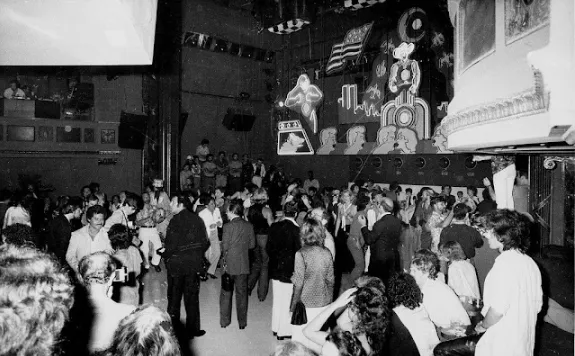After World War II, Boeing reentered the commercial market with a new long-range airliner, the Stratocruiser (Model 377). It was the first Boeing commercial transport since the Stratoliner, and like its military counterpart, the C-97, was based on the B-29 Bomber. It possessed all the speed and technical improvements available to bombers at the end of the war.
The Stratocruiser’s first flight was on July 8, 1947. Its design was advanced for its day; its innovative features included two passenger decks and a pressurized cabin, a relatively new feature on transport aircraft. It could carry up to 100 passengers on the main deck plus 14 in the lower deck lounge; typical seating was for 63 or 84 passengers or 28 berthed and five seated passengers.
Pan American placed the first order for 20 Stratocruisers, worth $24 million, and they began service between San Francisco, California, and Honolulu, Hawaii, in 1949. Boeing built 56 Stratocruisers between 1947 and 1950. The airplane marked the company’s first significant success selling passenger planes to airlines in other countries.
During the early 1960s, Aero Space Lines ballooned the Stratocruiser’s fuselage into a whale-like shape to carry spacecraft sections. Nine of the variants were assembled. The first was called the “Pregnant Guppy,” followed by five larger “Superguppies” and three smaller “Miniguppies.”
![]()
|
| The Stratocruiser’s lower-deck lounge had a bar where passengers could buy a cocktail or soft drink. |
![]()
|
| Sets of seats could be converted into lower double berths roomier than those on a train. |
![]() |
| Stratocruiser seats were roomy and comfortable. |
![]() |
| Separate men's and women’s dressing rooms provided a place for passengers to prepare for sleep or the dawning day. |
![]()
|
| A unique feature of the Boeing 377 Stratocruiser was its lower-level lounge and bar, reached via a spiral staircase. |
![]() |
| Aboard the double decker Boeing 377, passengers could descend the spiral staircase from the main deck to a fabulous lounge. This was the most deluxe feature of the luxurious Stratocruiser. Here passengers could socialize and enjoy an after-dinner drink and perhaps a game of cards. Although other aircraft of the era had these, none were as large and opulent as the lounge aboard the Pan American World Airways Stratocruiser. |
![]() |
| The Pan American World Airways Stratocruiser had a limited number of sleeping berths for overnight journeys. These berths were curtained for privacy and passengers had the option of having breakfast served “in bed” prior to arrival at their destination. |
![]() |
| Located at the rear of the Stratocruiser was a large, state of the art galley which featured multiple ovens, eight urns for containing hot beverages, designated compartments for china and linens, and long stainless steel counters for meal assembly. A unique louvered pass-through door was in place to deliver meals to the cabin. |
![]() |
| The ILS indicator was installed on the upper-left corner of the captain’s instrument panel on the Boeing 377 Stratocruiser. |
![]() |
| The double-deck Boeing 377 Stratocruiser was one of the most luxurious airliners of its time. |
![]() |
| A Pan Am Boeing 377 Stratocruiser over San Francisco Bay heads toward the Pacific. |
![]() |
| A Pan Am Boeing 377 Stratocruiser at Honolulu International Airport. |
![]() |
| This brochure highlighted Pan Am’s new Boeing 377 Stratocruiser. |
![]()
|
| This drawing shows the Boeing 377’s sleeping berths, dressing rooms, galley, lower-deck lounge, and private luxury compartment. |
















